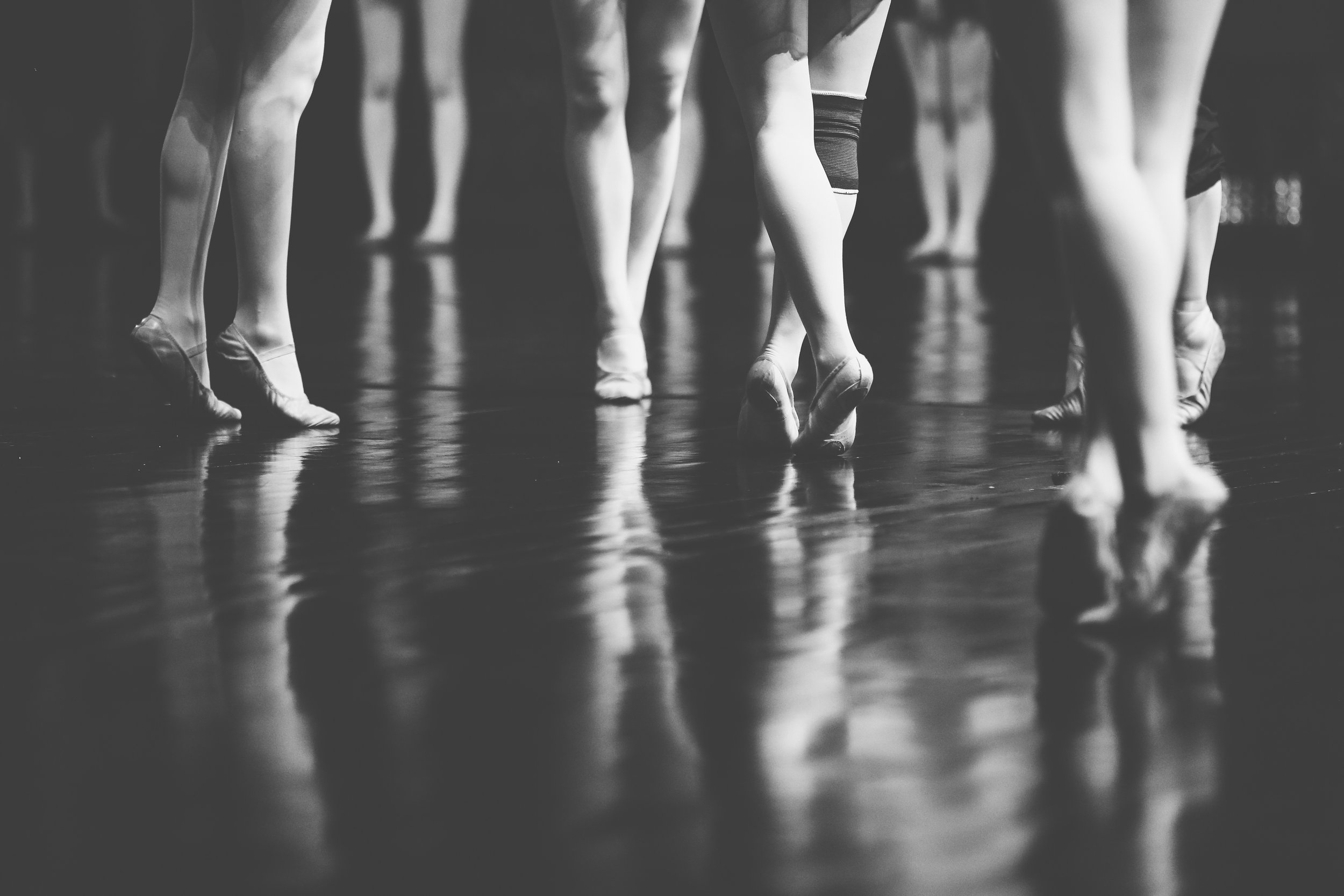The term “rolling in” or overpronation refers to an alignment issue in the foot and ankle where the foot collapses towards the inside which tends to flatten the arch of the foot. Overpronation is a common issue in the general population but more prevalent in dancers by nature of the demand of the sport on the feet.
If left untreated, rolling in of the feet and ankle can cause secondary problems including:
bunions (due to excessive pressure on the big toe)
plantar fasciitis
shin splints
overuse injuries of muscles and tendons on the inside aspect of the foot and ankle
pain on the inside aspect of the knee
An orthotic is a medical appliance that is inserted into the shoe and can help lift the inner aspect of the foot into proper alignment. Orthotics can be purchased over the counter or custom made by a pedorthist or podiatrist. Although a useful tool, they may not be necessary for all dancers experiencing rolling of the feet.
How do I know if I need orthotics or not?
My favourite answer… it depends.
For dancers, one of the biggest things to consider is whether the dancer’s foot rolls in when they are standing casually (or in parallel), or is it ONLY when they are standing in turnout. Let’s look at two different scenarios.
1. Rolling in ONLY when standing in turnout but NOT in parallel.
Rolling in at the feet ONLY when standing in a turned out position may be caused by excessive cranking at the knees and feet to achieve turnout. Dancers with poor strength and control of the turnout muscles in the hip will often overcompensate at the knee, ankle and foot, which puts a lot of pressure on the inner aspects of these joints. In this scenario, foot alignment can be corrected by training proper turnout at the hips. For these individuals, orthotics may not be necessary.
2. Rolling of the feet while standing in parallel AND in turnout.
Rolling of the feet with casual standing or standing in parallel may be indicative of other underlying issues such as weak intrinsic foot muscles, poor walking/running/jumping mechanics, ankle/foot instability, or other knee or hip issues causing compensation at the foot.
For these individuals, an orthotic in their everyday shoes may be needed to help realign the foot and provide symptom relief. However, orthotics must be accompanied with exercise to treat the underlying issue and strengthen muscles of the foot. The stronger the foot muscles are, the better the foot can support itself without the use of the orthotic.
NOTE: Currently, there are no over the counter orthotics that fit in dance shoes, which emphasizes the need to strengthen the muscles to support the foot while dancing.
In summary, rolling in or overpronation of the feet can often be corrected through appropriate strengthening and conditioning. Orthotics are a great tool for realigning the foot and providing symptoms relief but are not a replacement for exercise.
If you are a dancer experiencing rolling feet or want to learn more about addressing rolling in feet, book with Anh online or give us a call at (778) 630-8800.







